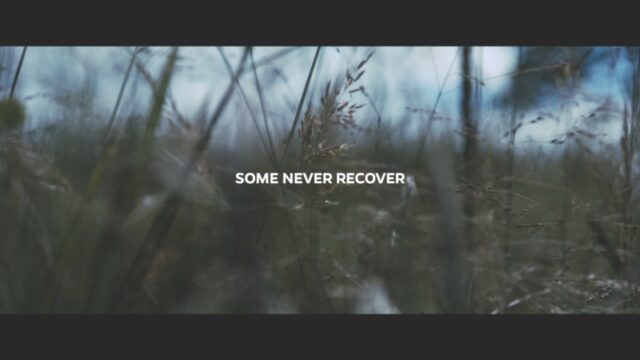
By Cristina Cuomo
Cristina Cuomo: The underlying theme of love is the miracle in this film. Where the Centers for Disease Control and Prevention failed miserably with perpetuating lies about Lyme disease, as did many doctors, the love of a parent saves the life of his daughter from dying from Lyme, which so many have. What do you hope people who have never experienced the deadly ramifications of Lyme disease take away from this film?
Chris Pennebaker Hegedus: There’s a saying among Lyme disease patients: ”You don’t get it until you get it,” meaning people don’t understand how debilitating and controversial Lyme disease is until they or someone they love gets sick. Our team receives daily messages from people around the world—stories of misdiagnosis, abandonment by the health care system and even friends and family, financial ruin from endless out-of-pocket health care costs. This level of threat and suffering is unnecessary—it is the result of a massive public health failure that must be corrected. If people truly know what is at stake, Lyme disease advocacy will become one of their passions.
CC: Since you made the film, have you discovered more doctors making advancements in Lyme treatments?
Winslow Crane-Murdock: The biggest change since we began making this film in 2015 is the amount of awareness of the threat Lyme disease poses. Unfortunately, we are still using the Lyme disease antibody test, which [can be] inaccurate in the first four to six weeks, when it is most important to be treating your Lyme disease infection.
CC: Chris, you are a Hamptons resident and Lyme is rampant here. What was the impetus to make this film?
CPH: I have lived in Sag Harbor for over 40 years. For half of that time, I was not aware of Lyme disease or deer ticks. The Hamptons were less populated, so I rarely saw deer. Now deer roam the village streets, ticks are endemic and found on rodents and birds too. Five years ago, I was introduced to the film’s directors, Lindsay and Winslow. They both suffer from chronic Lyme disease and were looking for filmmaking advice. I was immediately interested because my stepdaughter was battling an array of mysterious symptoms and eventually was diagnosed with Lyme disease. By this time she was very sick, yet there was no medical help for her condition. Chronic Lyme disease is not recognized by the medical establishment. Shortly afterward, two other family members were unknowingly bitten by ticks. Each was prescribed a different antibiotic regimen, which underscores the issue that doctors need definitive information concerning treatment.
CC: What do you suggest as a course of action small towns, hospitals and communities can do to spread the word without instilling the fear that, say, the COVID pandemic instilled?
Lindsay Keys: One way to provide hope is by simply educating each other about preventive measures. Ticks are small and hard to spot, but if you perform regular checks, wear repellent-treated clothing and address tick populations in your yard, you can reduce your risk of becoming sick—and if you are bitten, you can mail ticks to a lab for testing. Although the subject matter is sobering, the threat of ticks is a reality we’re all facing whether or not we’re talking about it, so let’s talk about it! You can take action today by signing up to host a screening of The Quiet Epidemic—we will provide panel discussion guides and credible Lyme resources—and/or sending a prewritten letter to Congress at thequietepidemic.com. See hamptonsfilmfestival.org for screening times.



